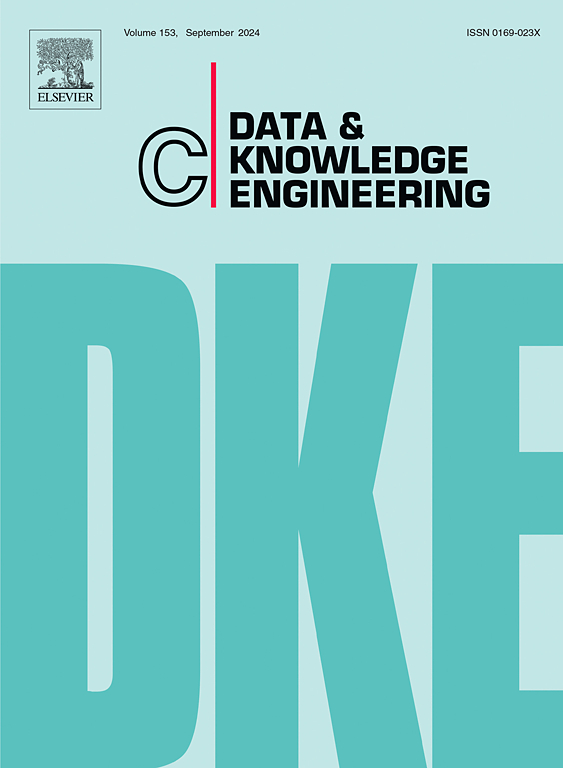An optimization enabled Hierarchical Attention -Deep LSTM model for sentiment analysis on cloth products from customer rating
IF 2.7
3区 计算机科学
Q3 COMPUTER SCIENCE, ARTIFICIAL INTELLIGENCE
引用次数: 0
Abstract
The primary aim of the study endeavour is to introduce a deep learning approaches augmented with optimization techniques to conduct sentiment analysis on apparel products, utilize customer reviews and ratings as foundational data. Consequently, a review of a clothing item is utilized as input, which undergoes pre-processing involving the elimination of stop words and stemming to eradicate superfluous information. In parallel, critical features are extracted from the pre-processed data to facilitate effective categorization. Thereafter, feature extraction is executed through execution of Term frequency-inverse document frequency (TF-IDF), SentiWordNet features, positive sentiment scores, negative sentiment scores, the count of capitalized words, and hashtags. Subsequently, feature fusion is conducted utilizing the proposed Trend factor smoothing-Siberian Tiger Optimization (TS-STO), which is innovatively premeditated by integrating trend factor smoothing within the update process of Siberian Tiger Optimization (STO). Ultimately, sentiment analysis is conducted through the implementation of HA-Deep LSTM, which is conceived by merging Hierarchical Attention Network with Deep LSTM. Experimental analysis portrayed that presented approach conquered an accuracy of 95.9 %, a sensitivity of 96.1 % and specificity of 94.2 %.
一个优化的分层关注深度LSTM模型,用于从客户评级中对布料产品进行情感分析
该研究的主要目的是引入深度学习方法和优化技术,利用客户评论和评级作为基础数据,对服装产品进行情感分析。因此,对一件衣服的评论被用作输入,它经过预处理,包括消除停止词和词干,以消除多余的信息。同时,从预处理数据中提取关键特征,便于有效分类。然后,通过执行术语频率-逆文档频率(TF-IDF)、SentiWordNet特征、积极情绪得分、消极情绪得分、大写单词计数和标签来执行特征提取。随后,利用提出的趋势因子平滑-西伯利亚虎优化(TS-STO)进行特征融合,该算法创新性地将趋势因子平滑整合到西伯利亚虎优化(STO)的更新过程中。最后,通过HA-Deep LSTM的实现进行情感分析,HA-Deep LSTM是将分层注意网络与Deep LSTM合并而成的。实验分析表明,该方法的准确率为95.9%,灵敏度为96.1%,特异性为94.2%。
本文章由计算机程序翻译,如有差异,请以英文原文为准。
求助全文
约1分钟内获得全文
求助全文
来源期刊

Data & Knowledge Engineering
工程技术-计算机:人工智能
CiteScore
5.00
自引率
0.00%
发文量
66
审稿时长
6 months
期刊介绍:
Data & Knowledge Engineering (DKE) stimulates the exchange of ideas and interaction between these two related fields of interest. DKE reaches a world-wide audience of researchers, designers, managers and users. The major aim of the journal is to identify, investigate and analyze the underlying principles in the design and effective use of these systems.
 求助内容:
求助内容: 应助结果提醒方式:
应助结果提醒方式:


